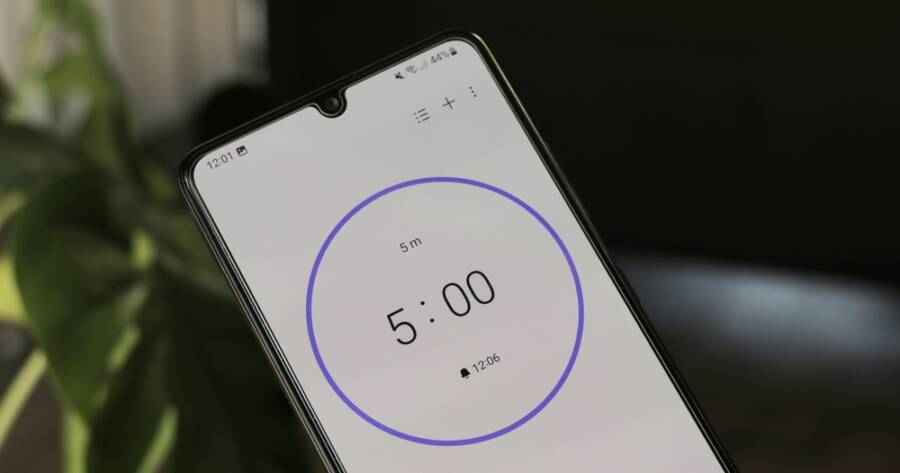Getting started is often the hardest part of any task—especially the ones you dread. The Five Minute Rule offers a clever way to outsmart procrastination: commit to doing the task for just five minutes. This small mental shift lowers resistance and builds momentum, making it easier to continue once you’ve begun. It’s a simple yet powerful trick for overcoming avoidance and building consistency, even on your toughest days.
What Is the Five Minute Rule?
The Five Minute Rule is a mental trick that helps you start tasks you’re avoiding. Instead of telling yourself you have to finish the whole thing, you commit to working on it for just five minutes. That’s it. After five minutes, you can stop if you want—but most of the time, you won’t.
Why does this work? Because starting is usually the hardest part. Once you’re in motion, your brain often wants to keep going. This approach lowers the pressure and helps you shift from hesitation into action without overthinking it.
The Five Minute Rule is popular in productivity circles and has roots in behavioral psychology. It helps bypass perfectionism and fear by making the task feel smaller and more manageable. And once the barrier to starting is gone, you’re more likely to keep going naturally.
How It Helps You Beat Procrastination
Procrastination isn’t always about laziness. It’s often about discomfort. You might put off a work project because it feels overwhelming, or delay cleaning because it feels never-ending. Your brain exaggerates how hard the task is, so you avoid it to protect yourself.
But the Five Minute Rule interrupts this cycle. It gives your brain a chance to experience the task without all the drama. You don’t have to do everything—you just have to start. This reduces anxiety and builds a sense of control.
In many cases, five minutes turns into ten, twenty, or even more. But even if it doesn’t, you still made progress. That shift—from avoidance to action—is a win in itself. And the more you practice this method, the easier it becomes to start things without dread.
Practical Ways to Use the Five Minute Rule
You can apply the Five Minute Rule to just about any area of your life: work, chores, learning, health, and even emotional tasks like making a difficult phone call or writing a hard email. Here are a few ways to get started:
- Start with a timer: Set a five-minute timer on your phone or watch. Focus completely for those five minutes—no distractions, no multitasking. Once the time is up, check in with yourself. Do you want to keep going? If yes, great. If not, you’ve still done something valuable.
- Pair it with habit stacking: Link the Five Minute Rule to a habit you already have. For example, right after brushing your teeth, you might commit to five minutes of journaling. Or right before lunch, five minutes of organizing your workspace. These little additions can build powerful routines over time.
By choosing something small and specific, you increase your chances of success. And success builds confidence.
Overcoming Mental Resistance
Sometimes, even five minutes feels like too much. In those moments, remind yourself that the point isn’t to finish—it’s just to begin. You can even tell yourself, “I don’t have to do this well. I just have to show up for five minutes.”
Another helpful trick is to make the first step ridiculously easy. If you’re avoiding exercise, tell yourself you’ll just put on your workout shoes. If you’re avoiding writing, just open the document and type one sentence. Often, the action itself will pull you in.
It’s also important to practice self-compassion. You don’t need to “hustle” every moment. The Five Minute Rule isn’t about pushing through burnout—it’s about gently easing yourself into tasks with less friction and more kindness.
Start Where You Are
The beauty of the Five Minute Rule is that it removes the pressure to be perfect, fast, or constantly productive. It offers a low-stress way to trick your brain into action—and once you’re moving, the rest often follows.
In a world full of long to-do lists and constant demands, sometimes five minutes is all you need to shift gears. Whether you use it to clean your kitchen, write your novel, or finally answer that email, this method helps you move forward—one small, doable step at a time.
So the next time you’re stuck, don’t wait to feel motivated. Just start with five minutes. You might be surprised how far that takes you.

